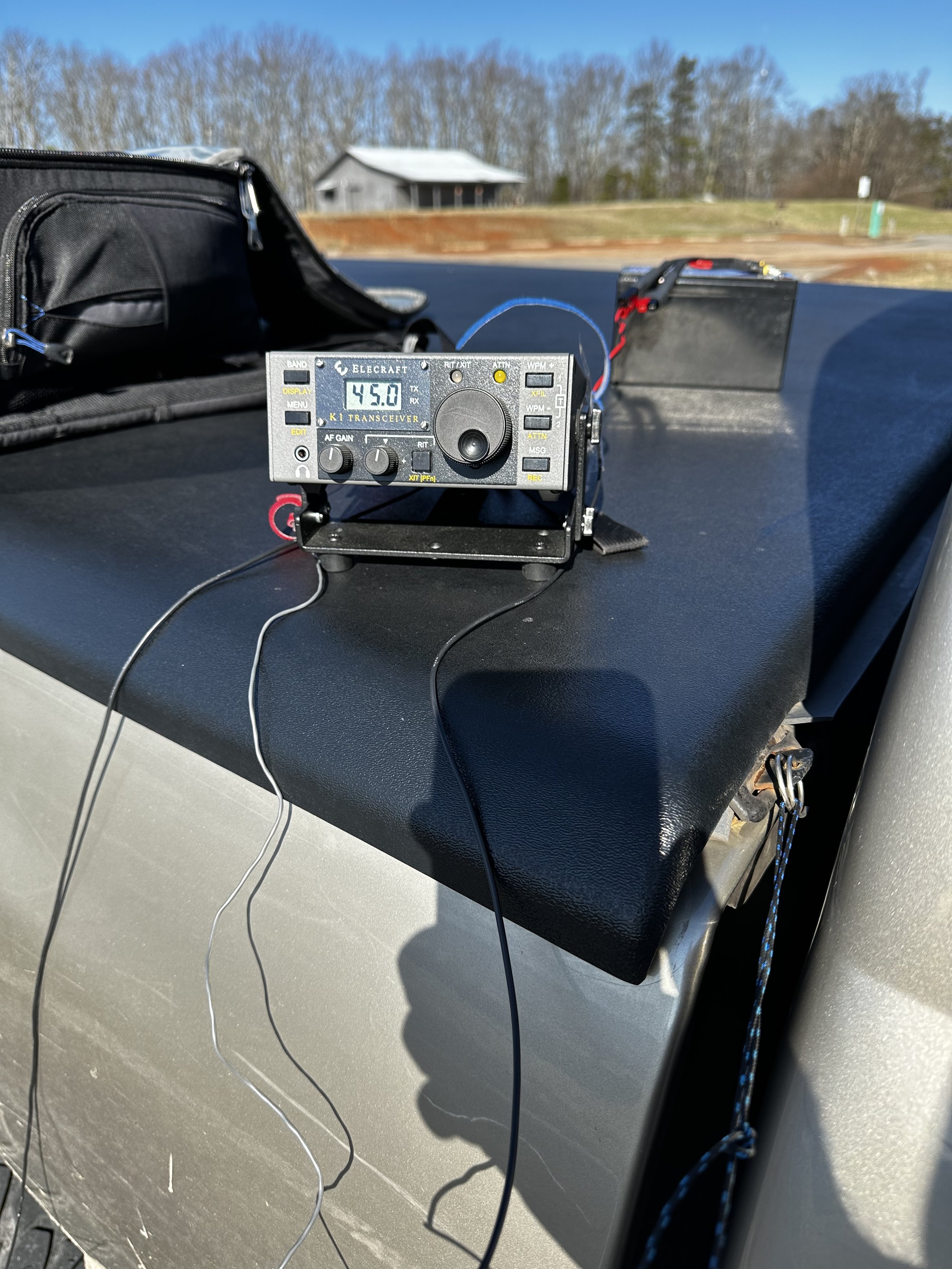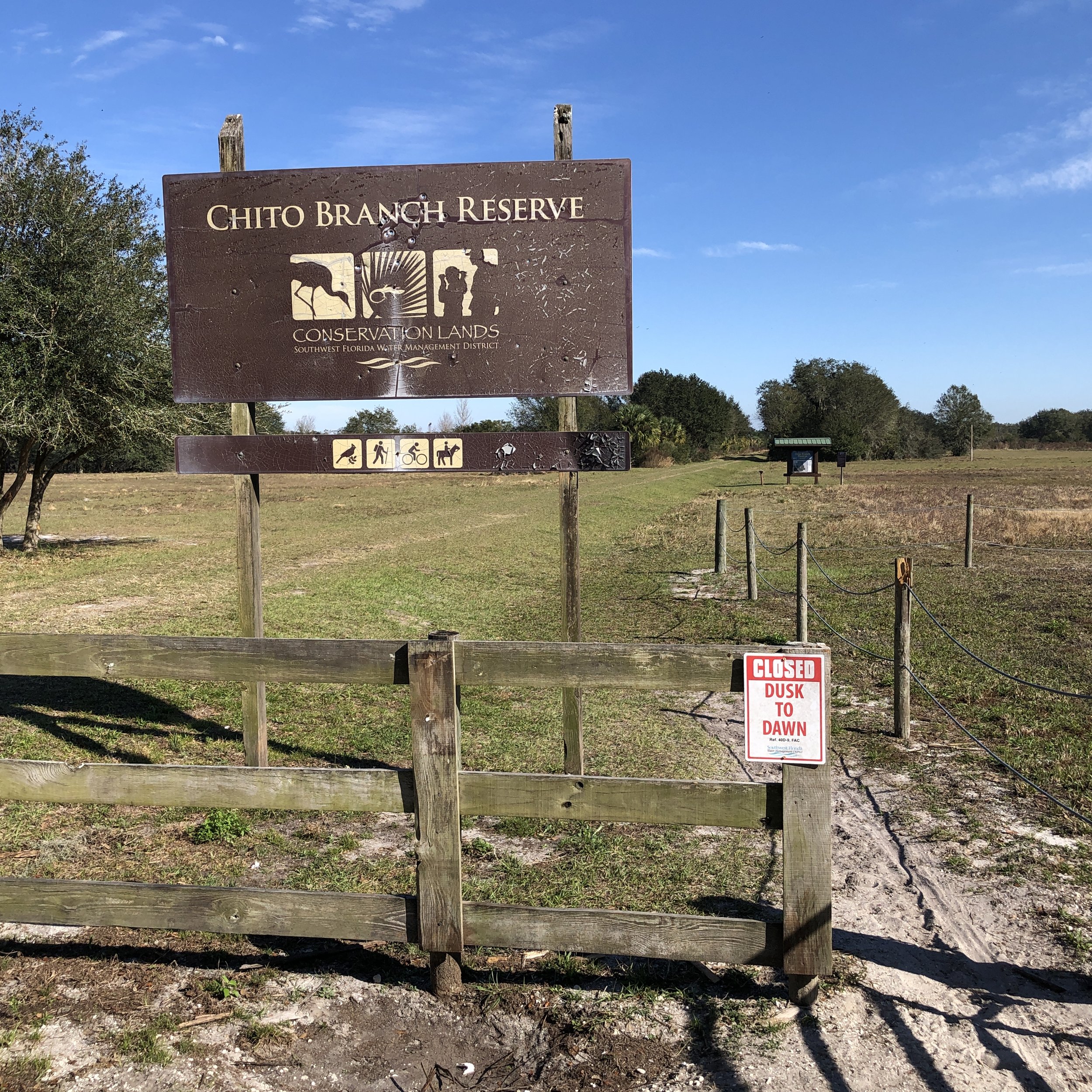You know the conditions are bad when you cant get a single call on 20 meters…
Today was supposed to be like any other day when I do parks on the air but instead things went horribly wrong well almost horribly wrong. You see I was going to ride over to Cloudland Canyon and get a quick activation and then run some errands and do a YouTube video for my photography channel but I ran into a small problem or three.
So let’s get into this. I had figured that I would simply go to the Sittons Gulch entrance and park in the lower parking lot as I had done many times in the past. That part went fine. I get to the parking lot and to my joy there is no one there at all. This allows me to pick the spot that I want, which is the very first space, as I can rig my counterpoise out-of-the-way so that other people can park all the way across the parking lot.
While I was stringing up the antenna system and getting it ready to connect to the radio I noticed some of my old friends from last summer showed up as well. The mosquitoes were already starting to show up this early in the year, so I got out my bug repellent and sprayed the exposed parts of my body, my neck and hands, and got back to work.
Today I used my friend‘s (KV9L), Elecraft KX3 transceiver and had the antenna system up and running within minutes. This is where the problems began. You see I started with 20 m because 20 m has traditionally been a band that I would secure a activation with relatively quickly usually within 10 to 15 minutes I would have enough calls in the log for a official activation.
Well today would be different as it took me a long time to get an activation at all and none of it was on 20 meters. So I set up the radio and called CQ for about 10 or 15 minutes with zero answers. Literally nobody answered me for 15 minutes at all. This was demoralizing to say the least as I always get a contact or two on 20 meters. CW is usually a really good mode when band conditions are tough as you can still hear the other station pretty well. I could hear other stations, but I do not think they could actually hear me as the signal reports on the reverse beacon network were very low. So I moved to 40 m and actually started getting some traction but it still took me a while to get the 10 minimum contacts to get an activation.
As you can see by the extensive notes in my logbook that day it did not produce very much results, but right at the end as I was about to shut down the station and go to do my errands and I had two more stations called me really quickly, so I ended up with 12 contacts on my trip today to Cloudland Canyon.
Above is what my operating position looked like this morning and I always enjoy doing activations where I can be outdoors like this. It is just plain good fun to be able to set up my radio on the back of the truck and just make contact with people all over the world with just a few watts of power. If you have never attempted to do CW or QRP radio operations I highly recommend it as it can be a very, very rewarding mode and power output level to operate in, just be prepared for the potential of not making many contacts lol.
I want to take a minute to thank my friend Aaron (KV9L) for loaning me his Elecraft KX3 transceiver, I have always wanted to play with one. I have never had the opportunity until you loaned me yours. Thank you very much for that! Now if I can just figure out how to keep it… ha ha ha
















































































































































































